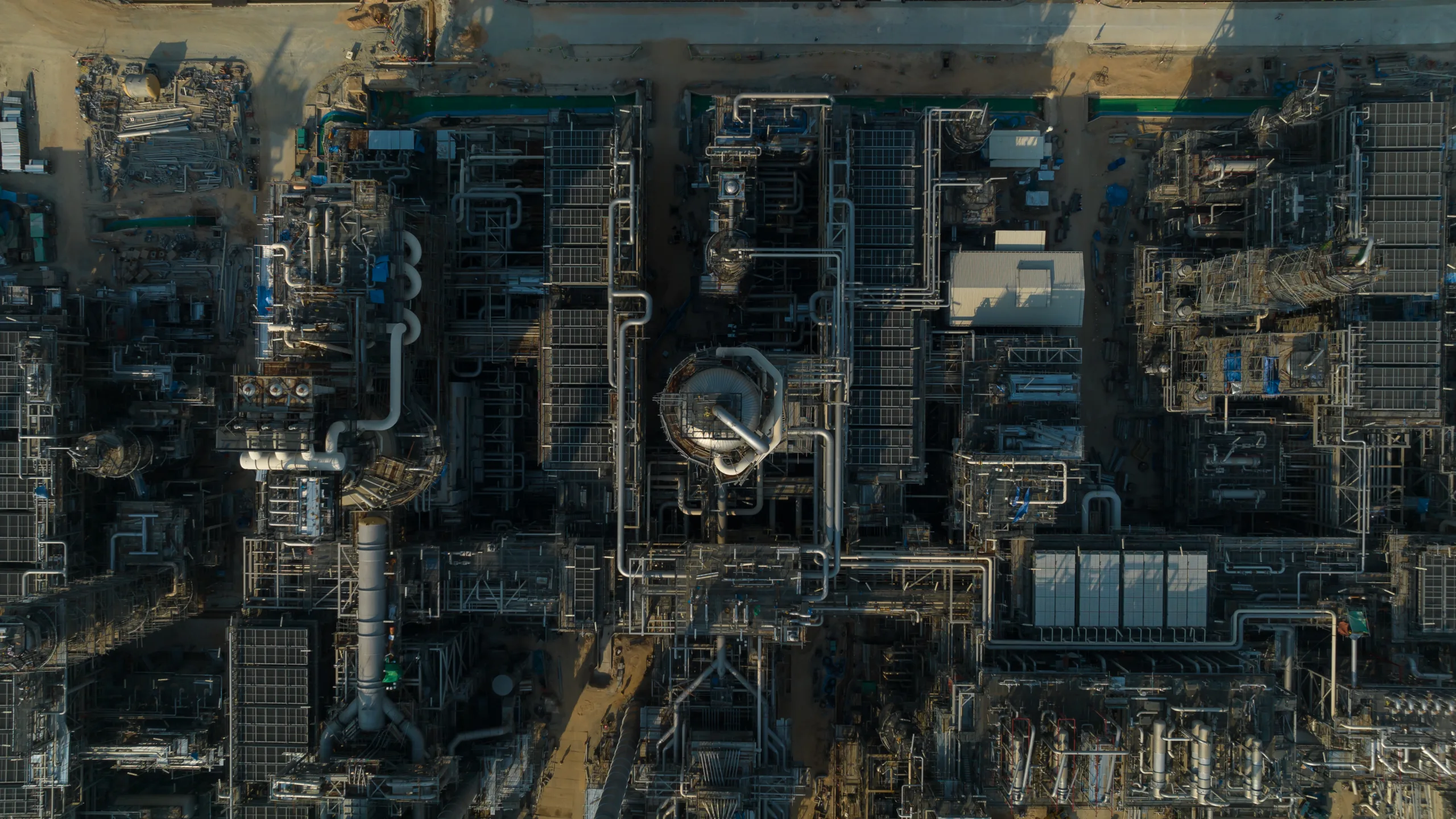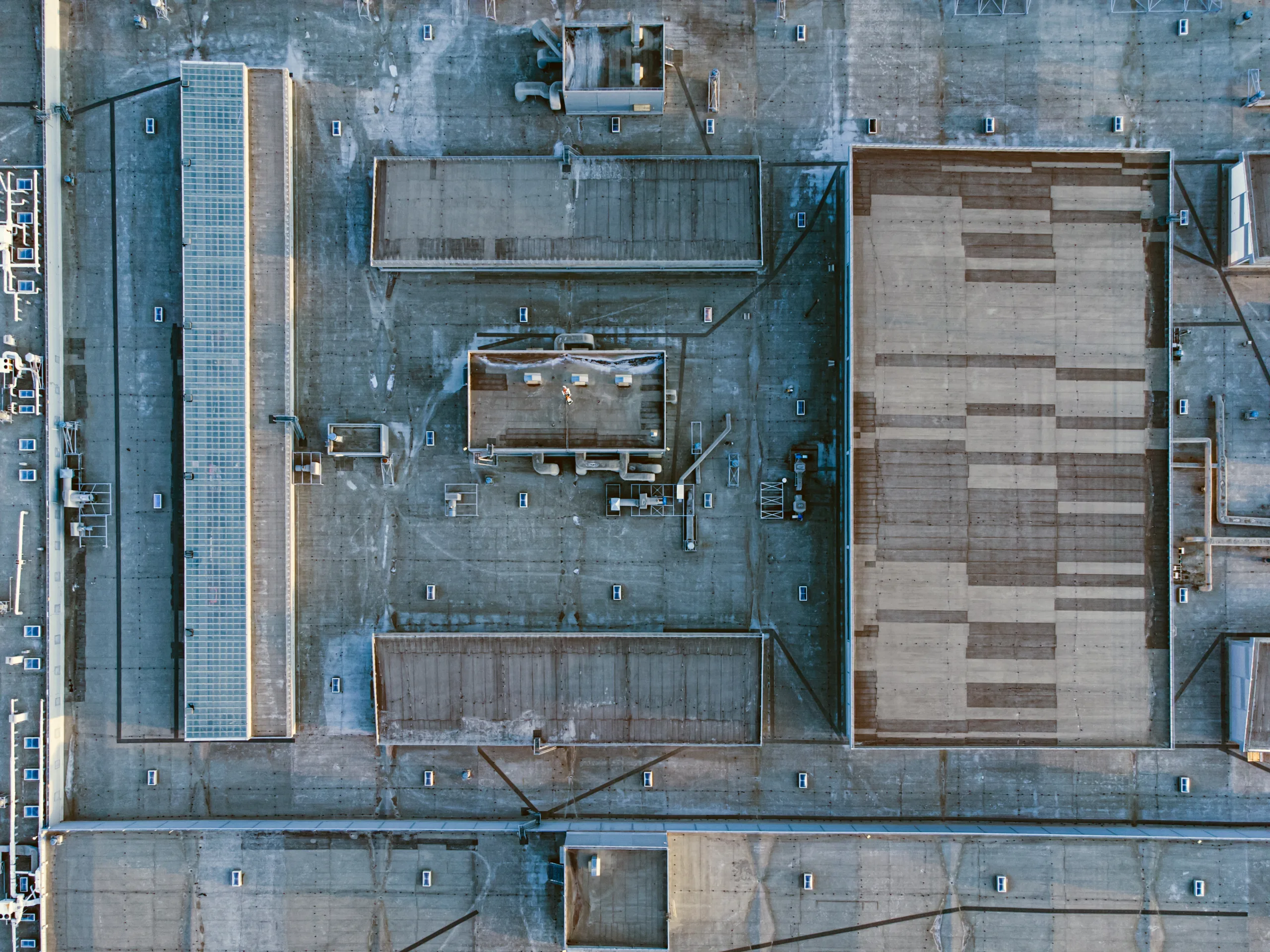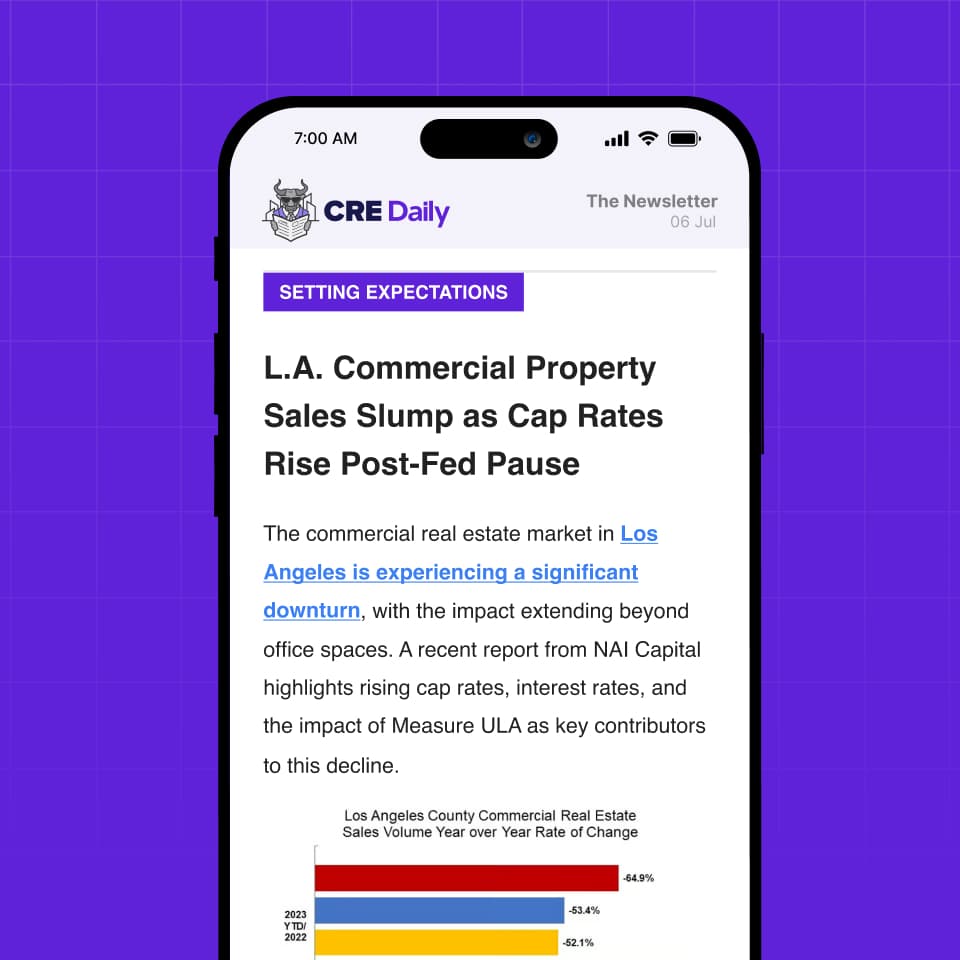- Smaller tenants are leading industrial leasing in 2025, filling the gap left by cautious large occupiers.
- Manufacturing-related demand is surging, with regional producers driving a 50% increase in leasing activity.
- Investor confidence has returned, with stable capital flows focused on core and value-add opportunities.
Smaller Tenants Step Into The Spotlight
The US industrial market in 2025 looks different from the frenzied post-pandemic years, reports GlobeSt. According to CBRE, leasing is now largely driven by smaller, regional tenants rather than large national or global occupiers. Leasing demand is strongest among tenants seeking 50K to 100K SF spaces. This marks a clear shift from the large-scale deals seen during the e-commerce boom.
John Morris, president of Americas Industrial & Logistics at CBRE, noted that larger tenants have remained quiet for more than two years. “That million-SF business hasn’t returned yet,” he said. “Smaller players are now carrying the market.”
Capital Markets Regain Confidence
Investor activity took a hit during a period CBRE dubs “Liberation Day,” referencing a stretch of uncertainty driven by shifting trade policies. But that pause appears to be behind the sector.
According to Will Pike, president of industrial & logistics capital markets at CBRE, investment appetite has rebounded. “We’ve largely returned to normal,” he said, pointing to regions like South Florida where industrial investment is hitting record levels.
Some gateway markets, especially port areas, have softened recently. But with capital flows stabilizing and demand holding steady, investor confidence has returned—particularly for core and core-plus properties.
Get Smarter about what matters in CRE
Stay ahead of trends in commercial real estate with CRE Daily – the free newsletter delivering everything you need to start your day in just 5-minutes
Manufacturing Demand Heats Up
One standout trend in 2025: a surge in manufacturing-led leasing. CBRE reports a 50% year-over-year increase in deals tied to regional manufacturing users. These tenants are expanding into larger spaces to accommodate growing demand for assembly and light production — a promising signal for nearshoring and domestic supply chain shifts.
However, bigger manufacturing bets, especially those tied to international supply chains, are still lagging. Uncertainty around US trade relations with countries like Mexico and Canada is still a concern. It’s causing large manufacturers to hold off on making big investment decisions.
“There’s optimism in small manufacturing, but the big-ticket players are still kicking the tires,” Morris said.
Why It Matters
The rise of smaller tenants marks a structural shift in industrial demand dynamics. As the market transitions out of its pandemic-fueled phase, developers and investors are adapting to a more fragmented — but still active — leasing environment.
Branded by steadier capital flows and rising regional manufacturing, the current market may lack blockbuster leases but remains fundamentally strong.
What’s Next
Until trade clarity improves and broader economic confidence returns, smaller tenants and domestic manufacturers are likely to continue driving industrial leasing. Investors, meanwhile, may find the best returns in non-core markets or assets where leasing risk is still priced attractively.
With fundamentals intact, the industrial sector remains a favored asset class — just with a new set of demand drivers leading the charge.

















